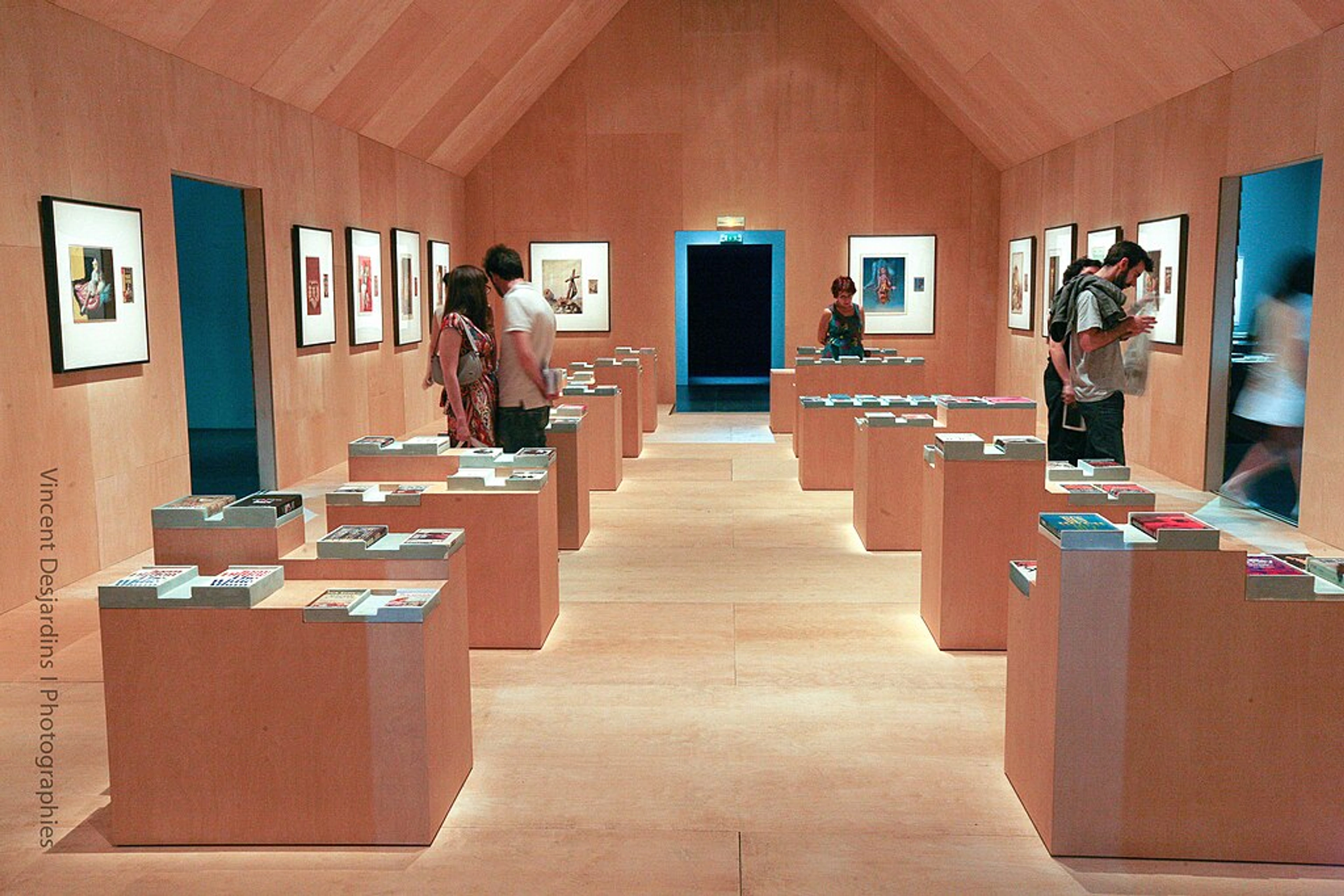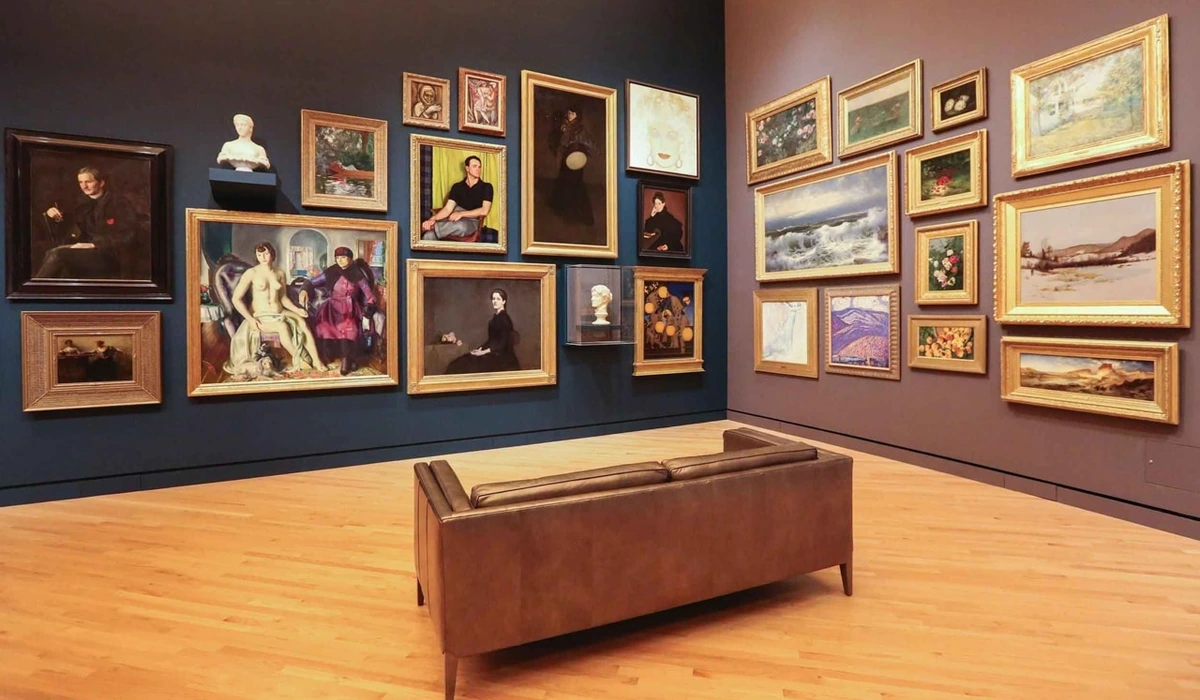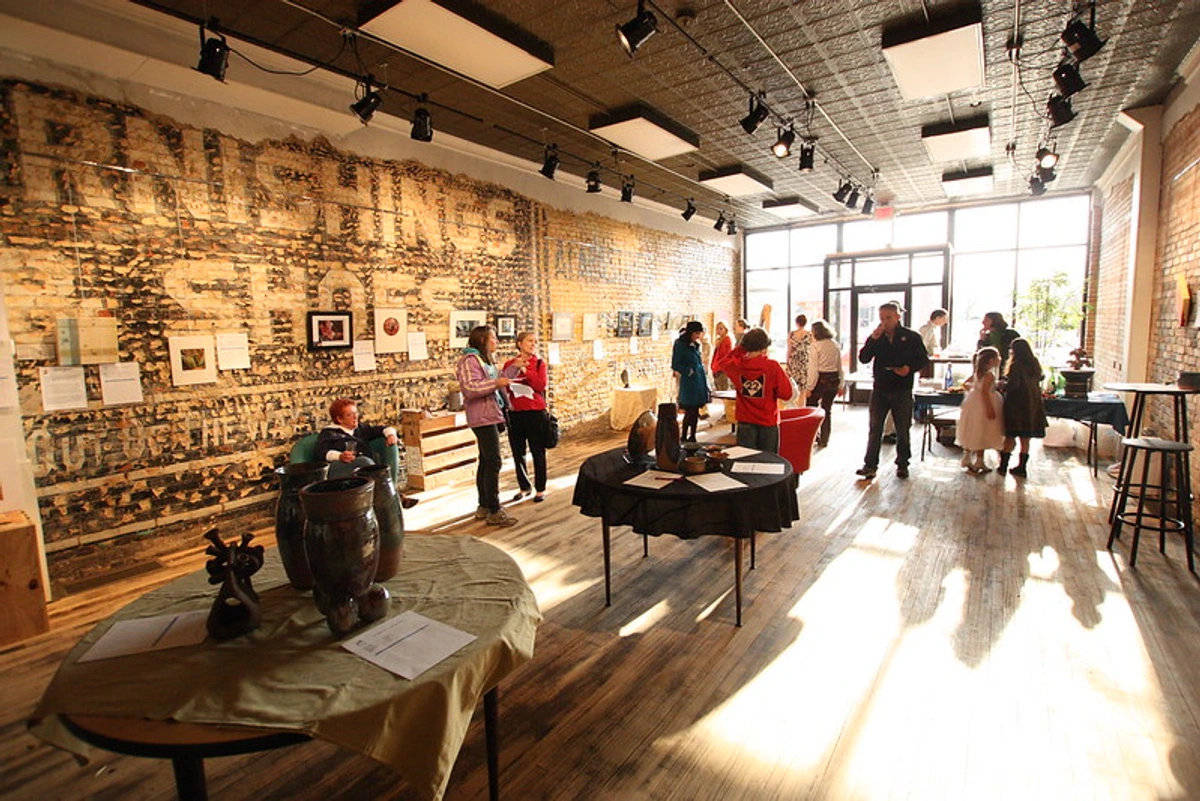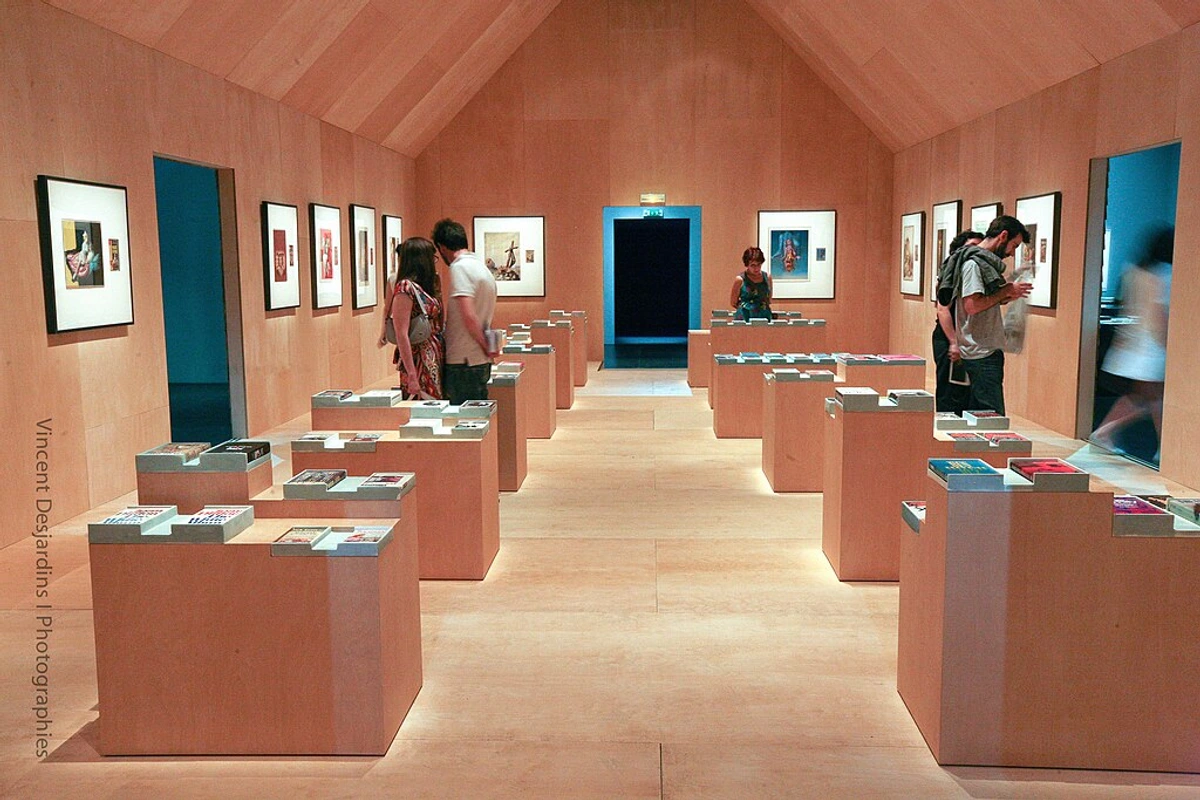
The Art Dealer's Role: An Artist's Expanded Personal Take
Ever wondered what an art dealer *really* does? As an artist, I've navigated their world from the outside and the inside. Join me for an expanded, personal take on the vital, sometimes mysterious, role of art dealers in the art market, from representation and sales to the often-overlooked challenges and ethical considerations.
Understanding the Role of an Art Dealer: An Artist's Expanded Personal Take
Okay, let's talk about art dealers. For a long time, they felt like these almost mythical figures operating behind velvet ropes, the gatekeepers to a world I, as an artist, was desperately trying to understand, let alone enter. I remember the first time I walked into a high-end gallery – the hushed tones, the minimalist space, the impeccably dressed staff – it felt less like a place to connect with art and more like a temple where dealers were the high priests. You see them in movies, looking sharp, talking in hushed tones about provenance and market value. But what do they actually do? And why do they matter so much in the art world?
From my side of the easel, the art dealer is often the bridge – or sometimes, the entire suspension system – between the creator and the collector. They're not just salespeople; they're advocates, strategists, and often, the first believers in an artist's vision beyond their studio walls. It's a complex role, one that's evolved over time from the historical figures who might have patronized artists directly to the sophisticated business partners of today. At its heart, though, it's still about connection and value.
What Exactly Is an Art Dealer? (And What Kinds Are There?)
At its core, an art dealer is a person or company that buys and sells works of art. Simple, right? Well, not quite. From the outside looking in, it seemed like a straightforward transaction, but stepping closer, you realize it's far more nuanced. Think of them less like a shopkeeper and more like a curator, advisor, and business partner rolled into one. They operate primarily through art galleries, but also through art fairs, auctions (navigating the secondary market, online auctions), and private sales.
Their goal? To build an artist's career, connect collectors with art they'll love (and hopefully, that will appreciate in value – though that's a whole other conversation, maybe one about art as an investment?), and generally facilitate the flow of art from studio to wall.
It's also worth noting that not all dealers or galleries are the same. You have:
- Primary Market Galleries: These are the most common type representing living artists. They work directly with artists, showcasing their new work (often straight from the studio) and helping build their careers. This is the relationship most artists dream of.
- Secondary Market Dealers: These focus on reselling works that have already been sold at least once. They often operate through auctions or private sales and deal with established artists, sometimes even famous artists or famous modern art.
- Online-Only Dealers/Platforms: With the rise of the internet, many dealers operate exclusively online, connecting artists and buyers globally. This is a space I'm quite familiar with, selling my own work directly through my website.
- Artist Co-ops: Less common, but some artists band together to run their own gallery space, sharing the responsibilities of dealing.

The Many Hats They Wear
An art dealer's job description is surprisingly broad. It's not just about hanging paintings and waiting for someone to walk in with a chequebook. It's a constant juggle of roles. Here are some of the key functions they perform:
1. Artist Representation and Development
This is perhaps the most crucial role from an artist's perspective. A good dealer acts as your champion. They believe in your work and invest their time, resources, and reputation in promoting you. This involves:
- Exhibitions: Organizing solo and group shows in their gallery or securing spots in other venues. I remember the buzz of my first group show in a proper gallery – the dealer handled everything, leaving me free to just... be nervous and talk about the work.
- Marketing & Promotion: Getting your work seen by collectors, critics (the impact of art critics), and museums (do museums buy art?). They work to build your public profile and long-term reputation.
- Career Strategy: Advising on pricing (understanding art prices), production, and long-term career goals. They help shape your narrative and place your work within the broader history of art or contemporary art scene. I remember one dealer suggesting a specific series of smaller works to make my art more accessible to new collectors, which was a strategic move I hadn't considered.
- Artist Statement & Story: Helping you articulate your vision (artist statement explained) and connect with your audience.
- Securing Opportunities: Actively working to place your work in public collections, secure commissions, or get you included in significant exhibitions beyond their own gallery.
2. Sales and Client Relations
This is the business end, and it's a skill set entirely different from making art. Dealers cultivate relationships with collectors, both new and established. They understand their clients' tastes, budgets, and collecting goals. They act as knowledgeable guides, helping collectors discover new artists (how to spot and buy from emerging artists) and build meaningful collections (starting an art collection on a budget). Selling your own work directly, as I often do through my website, is a deeply personal experience, but it requires you to wear the sales hat yourself. Having a dealer handle this allows for a certain emotional distance and professional negotiation that can be challenging when it's your own creation on the line.
- Sales: Negotiating prices (negotiating art prices in galleries), arranging payment plans (negotiating payment plans), and closing deals. This is how dealers primarily make money – through a commission on the sale price, typically ranging from 40% to 60%. It sounds like a lot, but when you factor in their overhead, marketing costs, and the sheer effort involved, it starts to make sense... sort of. It's still a big chunk, though!
- Advisory: Offering expertise on artists, market trends, and the potential value of a piece.
- Relationship Building: Maintaining long-term relationships with collectors, often becoming trusted advisors over years.

3. Market Expertise and Navigation
The art market can be a labyrinth. Dealers understand its complexities, from the primary market (selling directly from the artist) to the secondary market (resales, auctions). They stay informed about trends, prices, and the reputations of artists and institutions. For an artist, understanding how your work moves between these markets is crucial, and a dealer can provide invaluable guidance on navigating this often opaque system.
- Pricing: Setting appropriate prices for an artist's work based on their resume, market demand, and the dealer's expertise.
- Art Fairs: Participating in international and local art fairs (visiting art fairs) to gain exposure for their artists and connect with a wider audience. Setting up a booth at a major fair is a massive undertaking – dealers handle that logistical beast.
- Market Trends: Identifying what's gaining traction and advising artists accordingly (while hopefully not compromising artistic integrity!).
- Documentation & Provenance: Maintaining meticulous records of sales, exhibitions, and ownership history, which is vital for establishing provenance and value over time.
4. Logistics and Art Handling
Getting art from the studio to a collector's wall involves a lot more than just wrapping it up. Dealers handle the practicalities, which, speaking from personal experience, can be a massive relief. The sheer mental load of coordinating crating, shipping (art shipping costs explained), and installation for a large piece across borders? Let's just say I've had a few minor logistical nightmares when doing it myself. Dealers take this burden on.
- Inventory Management: Keeping track of available works.
- Shipping & Installation: Arranging safe and insured transport and often overseeing installation.
- Framing & Presentation: Ensuring the artwork is presented in the best possible way (ultimate guide to framing).
- Conservation: Advising on art care and restoration when needed (when to restore artwork).

Why Artists Need Them (Or Do They?): The Artist's Dilemma
Okay, full disclosure: I'm an artist who primarily sells my work directly, often through my own channels like my website. So, I've experienced the flip side – being my own dealer. It's... a lot. It means splitting my time between creating in the studio and managing the business, marketing, sales, and logistics. One significant challenge I faced early on was simply finding enough hours in the day to paint and handle inquiries, pack orders, and update my website. It's a constant juggle, and frankly, the business side doesn't always come naturally to the creative mind. It feels like trying to speak a different language after spending all day immersed in the visual one.
For many artists, especially those looking to build a significant career in the traditional gallery system, a dealer is invaluable. They have the network, the market knowledge, and the dedicated time to focus on the business side, allowing the artist to focus on making art. They lend credibility and open doors that might otherwise remain closed. They can also help an artist gain exposure in key art cities or specific markets like contemporary art in Holland.
The Challenges of the Artist-Dealer Relationship
However, it's not always a perfect partnership. The artist-dealer relationship, like any relationship, can have its complexities and challenges. From the artist's perspective, these can include:
- Exclusivity Agreements: Many galleries require artists to sell exclusively through them, which can limit an artist's ability to sell work independently or through other venues. This can feel restrictive, especially if sales through the gallery are slow.
- Lack of Sales: A dealer might believe in your work but struggle to sell it. This can be frustrating for both parties and doesn't pay the artist's bills.
- Communication Issues: Poor communication from a dealer about sales, exhibitions, or strategy can leave an artist feeling in the dark and undervalued.
- Loss of Control: Working with a dealer means giving up some control over pricing, who buys your work, and where it's shown. This can be difficult for artists who are used to having complete autonomy.
- Dealer Instability: Galleries can close, change focus, or drop artists, leaving the artist without representation and potentially impacting their market.
The Artist-Dealer Agreement: A Crucial Document
Because of these potential complexities, a clear, written artist-dealer agreement or contract is absolutely crucial. This document should outline key aspects of the relationship, such as:
- Duration: How long is the agreement for?
- Exclusivity: Is the relationship exclusive? If so, for what geographical area or type of work?
- Commission: What is the percentage split on sales?
- Responsibilities: Who is responsible for marketing, shipping, insurance, framing, and exhibition costs?
- Pricing: How are prices determined and agreed upon?
- Termination: Under what conditions can either party end the agreement?
Having these details in writing helps manage expectations and provides a framework for a professional relationship. It's not the most glamorous part of being an artist, but it's vital.
The Changing Landscape
The rise of online platforms (buying art online, online marketplaces) and the ability for artists to connect directly with collectors has changed the landscape. Some artists thrive without traditional gallery representation, building their own collector base. It really depends on the artist's goals, personality, and the nature of their work. For instance, an artist creating large-scale installations might rely more heavily on gallery support for space and logistics than a painter of smaller works who can easily ship from their studio.
For me, the dream scenario often involves collaboration – finding partners who understand my vision and can help share it with the world, whether that's a traditional dealer, a curator (role of art curator), or someone else entirely. It's about finding the right fit, like choosing the perfect contemporary art for your home – it has to resonate.

Finding the Right Fit
Whether you're an artist seeking representation or a collector looking to buy, finding the right dealer is key. It's a relationship built on trust, shared vision, and clear communication. It's a bit like finding a creative partner for your studio – you need to click.
For artists, research galleries that show work similar in style or concept to yours. This is important because they already have a collector base interested in that kind of art, and the dealer understands how to talk about and sell it. Attend openings (list of art galleries), talk to other artists, and be professional. When you approach a gallery, make sure you understand their focus and how you might fit in. I had a really positive experience connecting with a gallery owner once who genuinely loved my use of color (how artists use color); that shared passion made the conversation easy and productive, even though it didn't lead to formal representation at the time. It showed me the importance of finding someone who gets your work.
For collectors, look for dealers who are knowledgeable, transparent, and genuinely passionate about the art they represent. Don't be afraid to ask questions (10 questions before buying art). A good dealer will educate you and help you find pieces that you connect with on a personal level.
FAQ: Your Art Dealer Questions Answered
Q: Do art dealers only work with famous artists?
A: No, absolutely not! Many dealers specialize in representing emerging artists and helping them build their careers. Finding a dealer who believes in your early work can be transformative.
Q: How do art dealers make money?
A: Primarily through commission on the sale of artwork, typically between 40% and 60%. This covers their gallery overhead, marketing, travel (art fairs!), and time.
Q: Can I buy art directly from an artist instead of a dealer?
A: Yes, many artists sell directly through their websites, studios, or open houses. This is becoming increasingly common, especially with the rise of online platforms. You can even buy art from local artists directly.
Q: What's the difference between an art dealer and a curator?
A: A dealer's primary role is commercial – buying and selling art. A curator's role is typically focused on selecting, organizing, and interpreting art for exhibitions in museums or galleries, often with an educational or thematic focus, though there can be overlap, especially in commercial galleries.
Q: How do I find a reputable art dealer?
A: Research galleries in your area or online that align with your taste. Look for established galleries with a history of representing artists you admire. Ask for references, check their online presence, and visit their physical space if possible. Attending art gallery openings is a great way to meet dealers and see their roster.
Q: What is the typical contractual relationship between an artist and a dealer?
A: The most common arrangement is consignment, where the artist retains ownership of the work until it sells, and the dealer takes a commission. Less commonly, a dealer might purchase work outright from an artist, but this is more typical for established artists or specific projects. A written agreement is highly recommended.
Conclusion
The art dealer's role is multifaceted and vital to the traditional art ecosystem. They are the connectors, the market navigators, and the dedicated advocates who help bring art from the quiet solitude of the studio into the bustling world of collectors and institutions. While the path for artists is diversifying, understanding and appreciating the dealer's contribution remains essential for anyone navigating the fascinating, sometimes bewildering, world of art.
It's a relationship built on passion, business acumen, and a shared belief in the power of art to move, challenge, and enrich our lives. It makes me appreciate the journey my own art takes, from the messy studio floor to someone's living room wall. Every step involves a network of people who believe in the power of art. And that, I think, is pretty cool.




